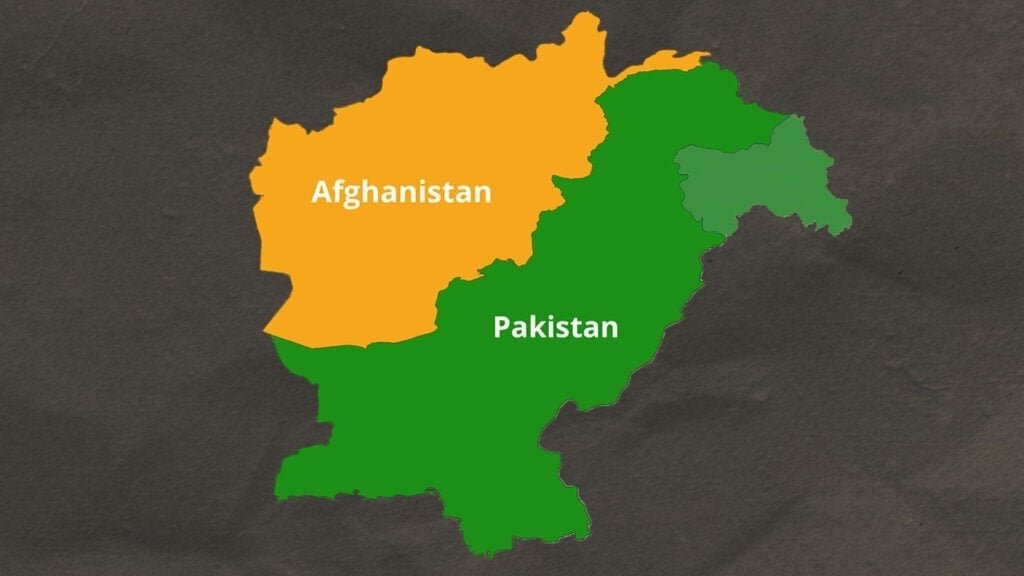Arshad Mehmood Awan
The healthcare system in Pakistan, particularly in regions like North Waziristan, is in a state of profound crisis. A recent inquiry by the Khyber Pakhtunkhwa (KP) health department has unveiled alarming irregularities: 38 health centers are operating out of private hujras (traditional communal spaces), with landowners fabricating outpatient department (OPD) records to feign functionality. Moreover, 20% of the staff receive salaries without fulfilling their duties, and 538 out of 2,818 employees lack proper verification. Only 28 facilities are equipped with 70% of the necessary medical apparatus, while the remainder suffer from severe shortages of essential medicines and basic medical equipment, including stethoscopes and thermometers.
This situation is a stark reflection of the broader challenges plaguing Pakistan’s healthcare infrastructure. As a developing nation with a population exceeding 220 million, Pakistan’s healthcare system is beleaguered by insufficient funding, inadequate infrastructure, a shortage of medical professionals, and an inequitable distribution of resources. These systemic issues have culminated in a scenario where quality healthcare remains inaccessible to a significant portion of the populace.
The healthcare landscape in Pakistan is characterized by a dichotomy between public and private sectors. The private sector caters to approximately 70% of the population, often providing superior services compared to public facilities. However, this creates a disparity, as only those who can afford private care receive quality treatment, leaving economically disadvantaged individuals reliant on under-resourced public health centers.
Preventive healthcare is another neglected facet. The focus predominantly remains on curative measures, with minimal emphasis on prevention. This oversight has led to the persistence of preventable diseases. For instance, despite global eradication efforts, Pakistan continues to grapple with polio outbreaks, particularly in regions like North Waziristan. In 2024, the country reported 74 polio cases, underscoring the critical need for robust preventive strategies.
North Waziristan, a district marred by prolonged conflict and displacement, epitomizes the healthcare crisis. The region has witnessed extensive damage to its health infrastructure due to military operations and insurgent activities. A report highlighted that numerous health centers were destroyed during these operations, exacerbating the plight of the local population.
The recent KP health department inquiry further exposes the depth of the crisis. The establishment of health centers in private hujras, coupled with falsified OPD records, indicates a systemic failure in monitoring and accountability. The prevalence of ghost employees—staff members drawing salaries without performing their duties—reflects deep-seated corruption and mismanagement. Such malpractices not only drain limited resources but also deprive the community of essential healthcare services.
The ramifications of this neglect are dire. The absence of functional healthcare facilities forces residents to travel long distances for medical assistance, often resulting in delayed treatments and preventable fatalities. The lack of essential medical equipment and medicines means that even when patients reach these centers, the quality of care is grossly inadequate.
Moreover, the region has been a hotspot for polio resurgence. The inaccessibility of healthcare services, coupled with security challenges, hampers vaccination drives, leaving children vulnerable to this debilitating disease. The recent killing of a police officer assigned to protect polio workers in the neighboring Bajur district underscores the perilous environment in which healthcare providers operate.
Pl subscribe to the YouTube Channel of Republicpolicy.com for Quality podcasts:
Addressing the healthcare crisis in Pakistan, and particularly in regions like North Waziristan, necessitates a multifaceted approach:
Infrastructure Rehabilitation: Rebuilding and upgrading health facilities destroyed during conflicts is paramount. This includes ensuring that centers are appropriately located, adequately staffed, and well-equipped to serve the community’s needs.
Accountability Measures: Implementing stringent monitoring systems to curb corruption and ensure that healthcare workers fulfill their duties is essential. Regular audits and community feedback mechanisms can play a pivotal role in enhancing transparency.
Resource Allocation: Increasing budgetary allocations for healthcare, with a focus on underserved and conflict-affected areas, is crucial. This includes provisioning for essential medicines, medical equipment, and the recruitment and training of healthcare professionals.
Emphasis on Preventive Care: Shifting focus towards preventive healthcare can mitigate the burden of diseases. Initiatives such as widespread vaccination campaigns, health education, and improved sanitation can lead to significant improvements in public health.
Security Enhancements: Ensuring the safety of healthcare workers, especially those involved in critical initiatives like polio vaccination drives, is imperative. This may involve coordinated efforts between security agencies and community leaders to foster a safer working environment.
Community Engagement: Empowering local communities to take ownership of their health outcomes can lead to sustainable improvements. This includes involving them in decision-making processes and encouraging local solutions to healthcare challenges.
The deplorable state of healthcare in North Waziristan is a microcosm of the broader systemic issues afflicting Pakistan’s health sector. Addressing these challenges requires not only governmental intervention but also active participation from civil society, international partners, and the communities themselves. Prioritizing healthcare is not merely a policy decision; it is a moral imperative to ensure the well-being and prosperity of the nation’s citizens.















